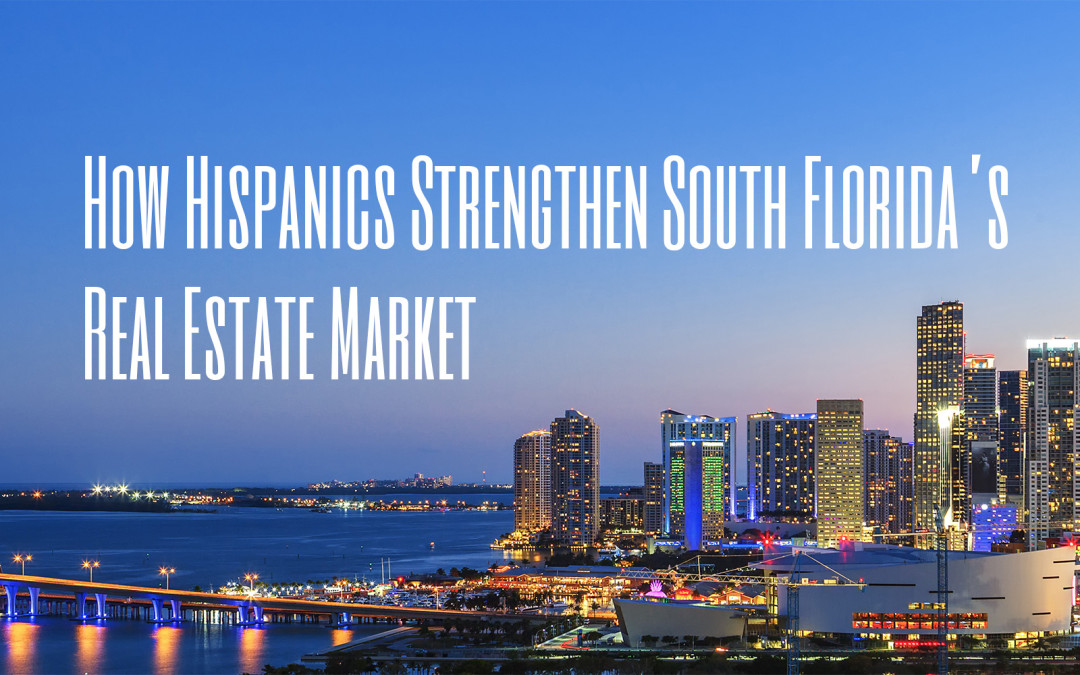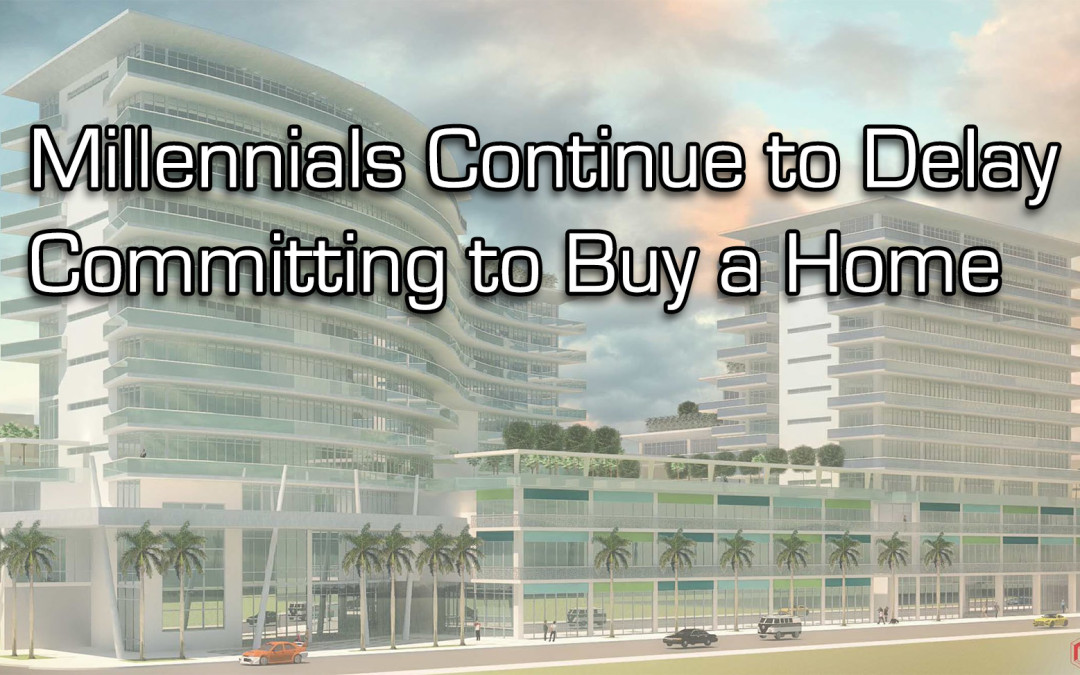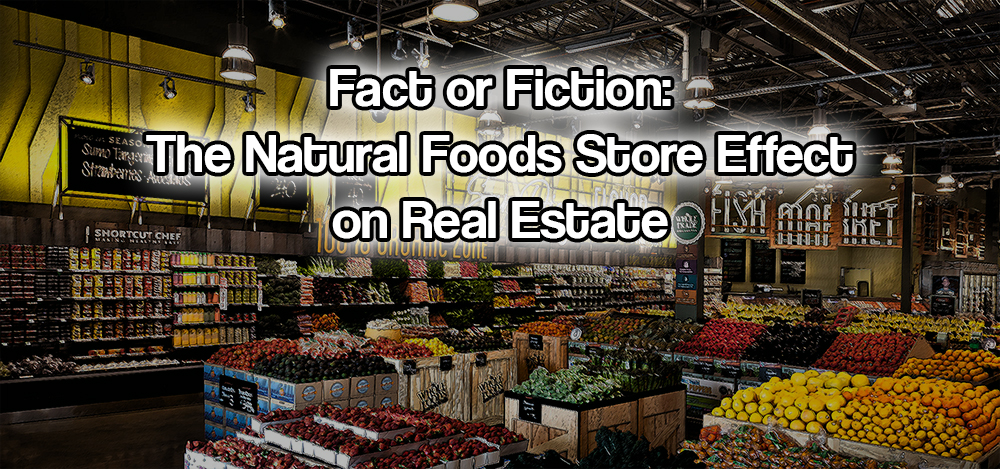by rtdosen | Mar 18, 2025 | -
Jak przebiega rejestracja i weryfikacja konta w Spinamba? Zanim zaczniesz grać w Spinamba, musisz utworzyć i zweryfikować swoje konto gracza. Proces ten jest niezwykle prosty i intuicyjny, dzięki czemu każdy użytkownik może szybko zacząć korzystać z bogatej oferty tego popularnego kasyna online. W tym artykule krok po kroku opisujemy, jak wygląda rejestracja i weryfikacja konta, a także podpowiadamy, jak skutecznie zarządzać swoim budżetem podczas gry, by zapewnić sobie odpowiedzialną i przyjemną rozrywkę. Rejestracja konta w Spinamba – krok po kroku Pierwszym krokiem, który musisz wykonać, aby dołączyć do grona użytkowników Spinamba casino, jest rejestracja konta. Proces ten trwa zaledwie kilka minut i składa się z następujących etapów: Wejdź na stronę kasyna Spinamba: Po wejściu na oficjalną witrynę kasyna, kliknij przycisk „Rejestracja”, który zwykle znajduje się w prawym górnym rogu strony. Wypełnij formularz rejestracyjny: Formularz wymaga podania podstawowych danych osobowych, takich jak imię i nazwisko, adres e-mail, numer telefonu, data urodzenia oraz adres zamieszkania. Bardzo ważne jest, abyś podał prawdziwe dane, które później zostaną zweryfikowane. Utwórz nazwę użytkownika i hasło: Wybierz bezpieczne hasło oraz unikalną nazwę użytkownika, które będą używane do logowania. Pamiętaj, aby hasło było silne, składające się z liter, cyfr oraz znaków specjalnych, co zapewni bezpieczeństwo twojego konta. Zaakceptuj regulamin kasyna: Dokładnie zapoznaj się z regulaminem oraz polityką prywatności Spinamba, a następnie potwierdź ich akceptację. Warto przeczytać wszystkie zasady, aby uniknąć nieporozumień w przyszłości. Zakończ proces rejestracji: Kliknij przycisk potwierdzający rejestrację. Po chwili otrzymasz wiadomość e-mail z linkiem aktywacyjnym, w który należy kliknąć, aby aktywować konto. Weryfikacja konta – jak przebiega i dlaczego jest potrzebna? Po rejestracji, kolejnym niezbędnym krokiem jest weryfikacja tożsamości. Jest to standardowa procedura stosowana...

by rtdosen | Jan 23, 2017 | Ryan Dosen Real Estate Articles
By Ryan Dosen (Originally Published by The Miami Herald: http://www.miamiherald.com/real-estate/article1277…) Miami’s real estate market may have cooled a bit, but it is poised for long-term success and sustainability. And the world-famous beaches and tropical weather are only part of the equation. Despite a millennial-led nationwide trend to rent and wait on or avoid buying real estate, Miami’s strong Hispanic demographic positions the Magic City with a population that still strongly believes in family and homeownership. According to the U.S. Census Bureau’s website, as of 2015, individuals of Hispanic or Latino origin make up 17.6 percent of the American population. However, according to the National Association of Hispanic Real Estate Professionals’ (NAHREP) State of Hispanic Homeownership Report for 2015, Hispanics “have accounted for 56 percent of new household formations over the past five years.” NAHREP’s report also states that in 2015, “Hispanics achieved a net increase of 245,000 owner households, accounting for 69 percent of the total net growth in U.S. homeownership.” So, even though Hispanics make up less than 20 percent of the U.S. population, they account for almost 70 percent of new U.S. home formations, according to this report. These seemingly startling numbers do not come as much of a surprise to NAHREP. In its report, NAHREP cites Fannie Mae’s Oct.-Nov. 2015 National Housing Survey, which revealed that 70 percent of Hispanics believe that homeownership is the best way to build wealth; it also states that 80 percent of Hispanics believe that homeownership represents their best possible investment. The report concludes that Hispanics “envision a home of one’s own as more than an investment: a great place to live and...

by rtdosen | Jan 23, 2017 | Ryan Dosen Real Estate Articles
By Ryan Dosen Much has been written and discussed recently regarding millennials and their tendency to wait on the purchase of a home. Some have blamed tighter lending conditions. Others have blamed a difficult job market, underemployment, and/or stubbornly low wages. Another theory is that, having seen the real estate crash of the late 2000s lay waste to lifetimes of hard work and financial discipline for so many, some millennials are gun-shy about making the jump into home ownership. And yet another theory being offered by developers is that there has been a paradigm shift and that millennials are simply looking for something different out of life. Billionaire real estate mogul Jeff Greene has been quoted by The Real Deal, a South Florida real estate news publication, as saying that “millennials are much more interested in experiences than things — they would rather climb a mountain than buy five extra pairs of jeans.” And according to a press release from his company, Josh Delk, vice president of Transwestern Development Co. in Austin, Texas, says the result is that millennials are leading a “growing demand for more efficient, affordable living space that is close to numerous amenities.” Despite earning wages that aren’t keeping pace with rising rents, Delk says that younger generations still “want to live in the middle of restaurants, bars and entertainment areas.” And to lead this type of lifestyle, they are willing to sacrifice space, and often, ownership. For now, they are supposedly choosing social time over the traditional American dream of owning a home. Greene has responded by proposing a 12-story mixed use project in West Palm...

by rtdosen | Aug 8, 2016 | Ryan Dosen Real Estate Articles
By Ryan Dosen We’ve made it. Such is the sentiment that washes over many a mind after learning that a Whole Foods or Trader Joe’s has decided to set up shop in the neighborhood. It is a commonly held belief that a neighborhood has “arrived” once it has been graced by the presence of one or both of these high-end natural food retailers. The same has been said for the arrival of a Starbucks. The thinking is that the coming of these vendors is an endorsement of a neighborhood’s status as legitimate, desirable, up-and-coming or sufficiently bourgeois. An extension of this line of thought is that there will be increased demand to live in the neighborhood, resulting in higher-than-average home price increases. The Whole Foods Effect Several studies have been done to determine whether the so-called “Whole Foods Effect” or “Starbucks Effect” is real, and whether proximity does actually result in better appreciation for your most important asset. Perhaps the most recent, revealed in a new book titled Zillow Talk: Rewriting The Rules of Real Estate, shines some light on this phenomenon. According to Zillow, one to two years after a Whole Foods opens, the median home near the Whole Foods appreciates 9 percent more than the median home in the same city; one to two years after a Trader Joe’s opens, the median home near the Trader Joe’s appreciates 10 percent more than the median home in the same city. Zillow also tells us that the average home appreciated 71 percent between 1997 and 2014, while homes near a Whole Foods or Trader Joe’s appreciated 140 percent...

by rtdosen | Dec 18, 2015 | Ryan Dosen Real Estate Articles
Fed Sees Housing Improvement & Raises Rates By Ryan Dosen The Federal Reserve announced earlier this week that it is raising its key short-term interest rate for the first time in over 10 years. Amid the financial crisis of the late 2000s, the Fed dropped its key rate to zero. The rate has stayed at zero since 2008 as we have waited for our economy to return to normalcy. Now that the Great Recession is past, unemployment is down, and the economy has improved, we will be seeing “gradual” interest rate increases. The rate increases are a sign that the Fed believes in the realness of the recovery; but the fact that the increases will be “gradual” confirms the delicate nature of our improving economy. The Federal Funds Rate The Fed sets the federal funds rate, which is the interest rate at which a depository institution lends funds maintained at the Federal Reserve to another depository institution overnight. The target federal funds rate has been set at 0 to ¼ percent for many years, but the target rate is now being bumped up to ¼ to ½ percent. As the cost of borrowing money between banks increases, the interest rates that consumers have to pay banks for loans generally follows suit. Fed Chairwoman Janet Yellen says that “only gradual increases” in the federal funds rate are expected. According to Bloomberg Business, the vote for rate hikes was unanimous and Fed policy makers are implying four ¼ point increases in the target range next year. The Fed’s View on the Economy Yellen says that “the economic recovery has...





Recent Comments